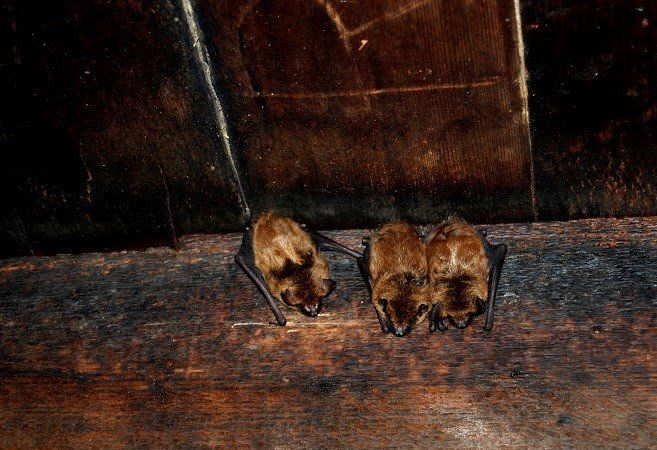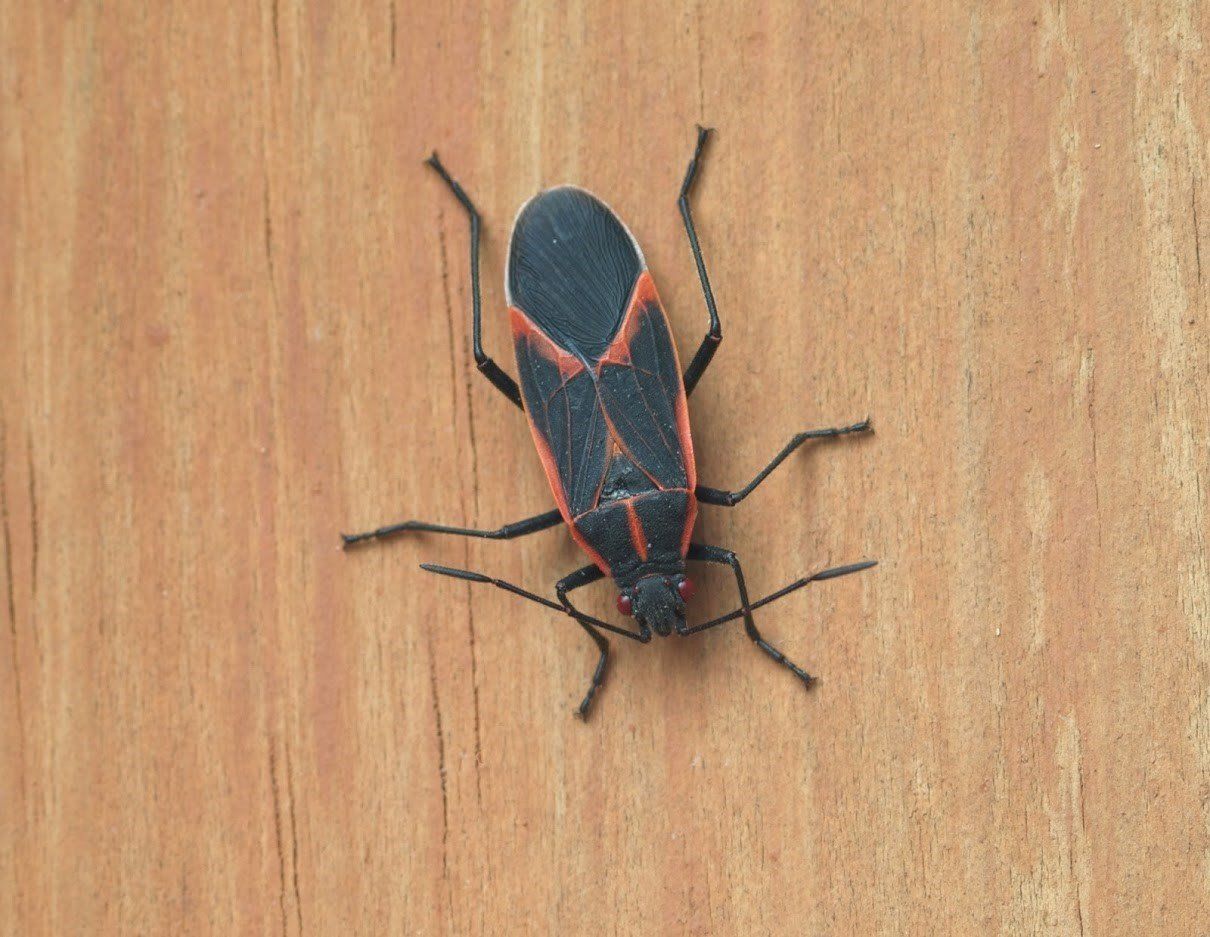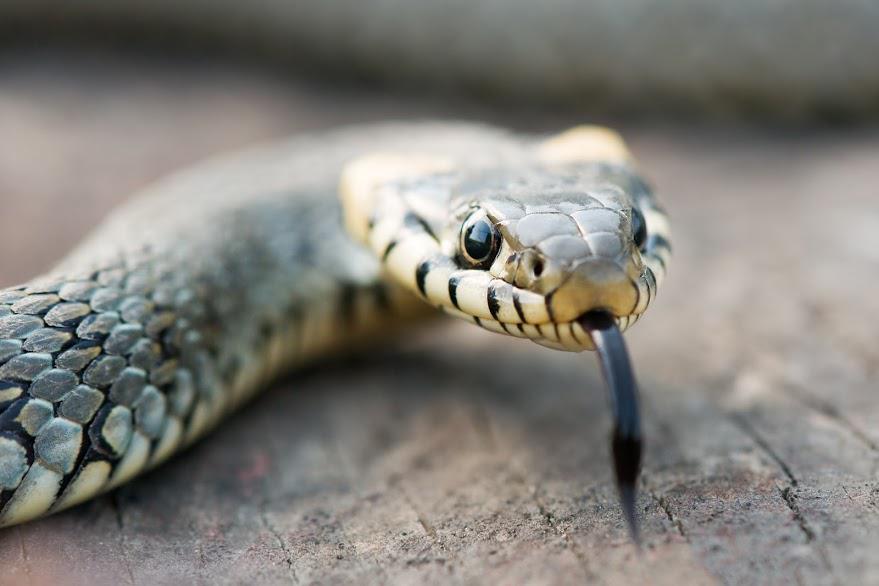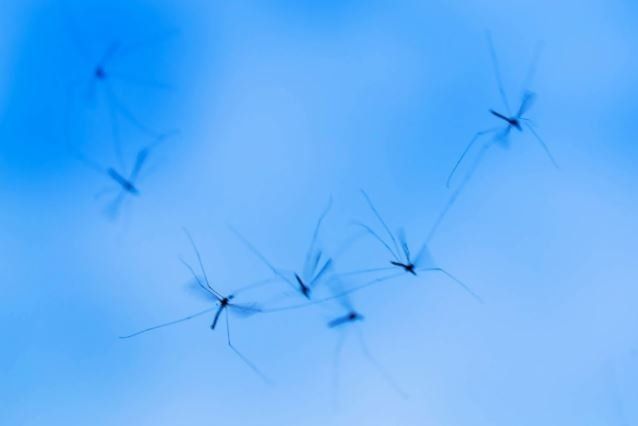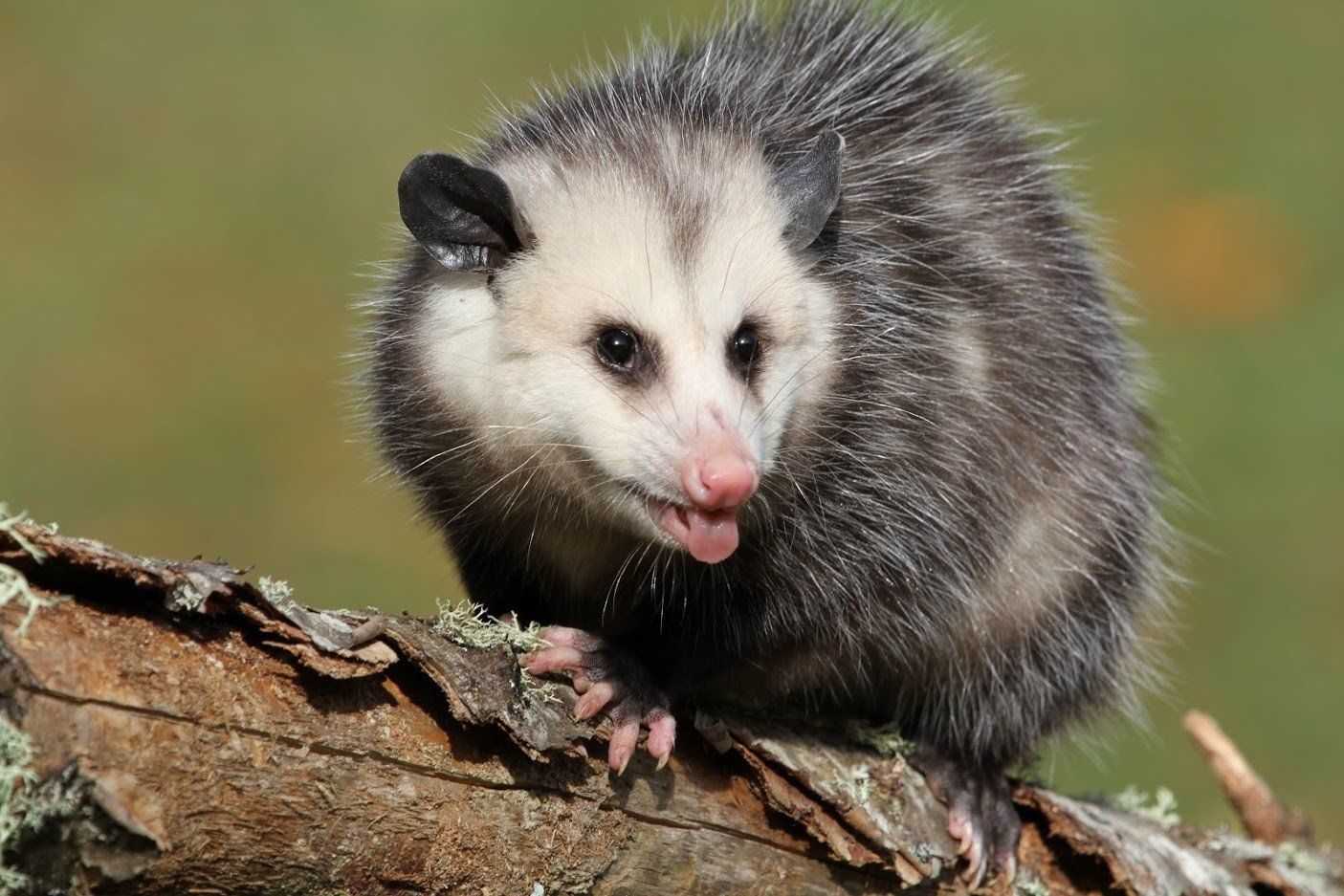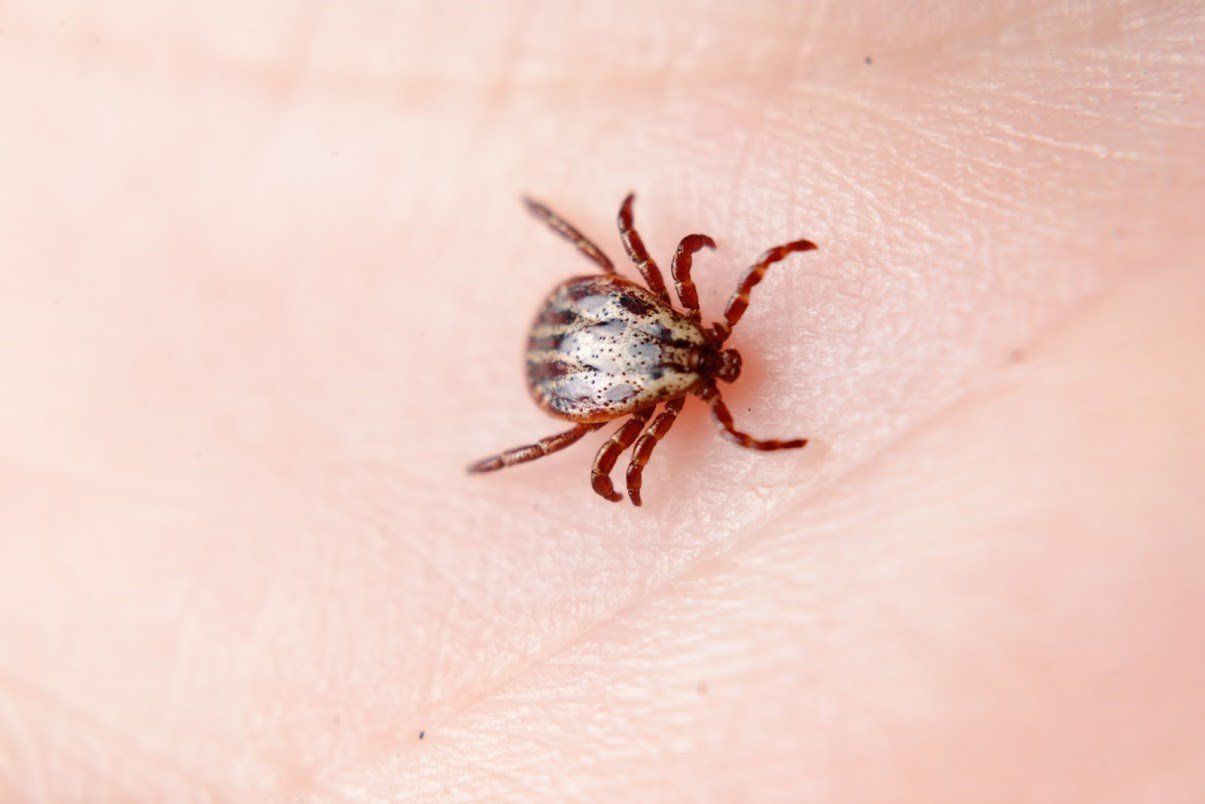4 Differences Between Mosquito and Tick Bites
Admin • April 1, 2020
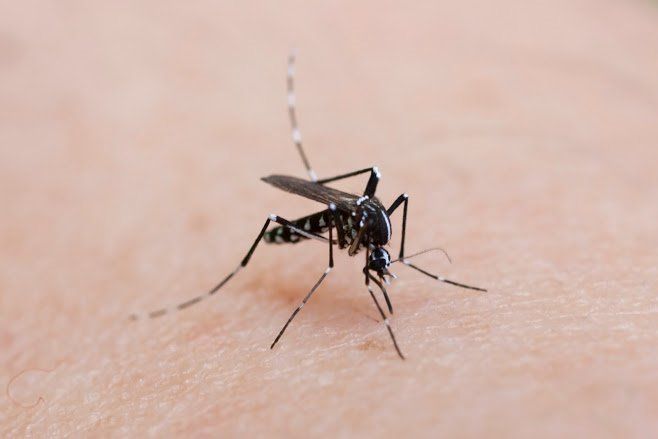
Getting bit by an insect is no fun, but things may be worse when you have no idea exactly what the bite came from. Some of the biggest pests people have to deal with are mosquitoes and ticks. After a bite, the insect may be gone before you can determine what it was.
Using detailed information, learn about the difference between mosquito and tick bites. Once you know the insects invading your property, a pest control worker will help eliminate their presence from your property.
1. Rashes
One of the biggest signs of a tick bite is a rash which forms after the tick falls off or has been removed. Incidents involving tick-borne diseases like Lyme Disease will cause a circular rash around the spot of the bite. The rash will often look like a target shape with two rings.
For mosquitoes, a rash will not typically form unless the area has been heavily scratched. You may see a small raised area and a red mark, but no rash.
When a rash has formed due to an insect bite, a blood test may be needed to check for any diseases.
Pest control treatment on property with ticks and mosquitoes spreading illness will help prevent any diseases in humans and pets.
2. Itches
One of the trademarks of a mosquito bite is the itchiness which occurs after the bite. Once a mosquito breaks the skin open, a body will release histamine from our immune system. The response is what causes the itchiness, not any element from the actual mosquito. The more you scratch, the more histamine is released.
The itchiness from mosquitoes is a lot more prevalent than in the ticks. If you feel instant itchiness after a bite, it will most likely be a mosquito. One of the more common reasons to feel itchy from a tick bite is if a rash forms. The rash may dry out and create itchy skin.
3. Body Part Targets
The body part where you have a bite may be an indication of which insect bit you. Ticks cannot jump or leap. They climb up from the ground. Even if you wear long socks and pants, ticks will climb up until they reach the first open body part. If you sit or lay on the ground, ticks will crawl on any accessible body part.
Mosquitoes base their feeding on the scents of a human. While flying, mosquitoes may bite any body part. Often, they will aim for lower areas like the ankles. Not only are the insects drawn to the scent of feet, but they seek out a place where humans cannot easily swat at them.
4. Groups
When you encounter a mosquito, you are likely to find a whole group of them. Mosquitoes nest and fly in groups, meaning you will find multiple bites from the same circumstances. Small bodies of water are nesting grounds for the insect and an area prone to multiple bites.
If you find multiple bites, you may have been bitten from a same mosquito multiple times or by multiple mosquitoes. A tick will typically feed off its host once and drop off. If you do have multiple ticks on you, you may have encountered a tick nest. When a female tick lays eggs, a single tick could lay up to 3,000 eggs at once.
The removal of both tick and mosquito nests is essential for protection against the insect bites. Both start out in very large groups which could quickly spread across your property.
For information on pest removal at your home, contact us at Anteater Pest Control Inc.
We have professionals who will help target specific insects and eliminate the threat of the disease-carrying insects.
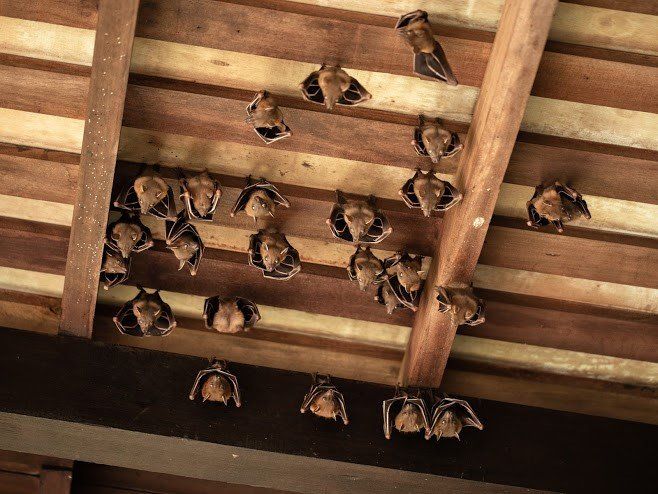
Bats can be cute when you see them in nature, but inside your home, they are more than just a nuisance. Bats can carry deadly diseases, like rabies, which means that if you have a bat, you need to take steps immediately to solve the problem. Removal Options Removal is best left to a professional due to the risks involved. Single Bat A single bat may get into the house through an open window or the chimney. The good news is that this usually is a one-time event and you don't have an infestation. The best course of action is to remove pets and people from the room with the bat, open all of the windows in the room, and then close off the room so the bat can't get into the rest of the house. With luck, the bat will find a window and leave. If you must handle the bat, wear gloves and do not touch the bat directly. The safest option is to call in a pest service if the bat doesn't leave on its own. Roosting Colony Sometimes your home provides the perfect place for daytime roosting. Little-used attics are most at risk, but bats may also colonize crawlspaces, spaces in your walls, or outbuildings. You should not try to remove an entire colony of bats on your own. A pest professional that is aware of local and federal wildlife laws should be called in to trap and remove the bats. Prevention Tactics Once you are free of the bats, your next step is to ensure that they cannot return. Exclusion If a bat can't get into your home, you can't have a bat problem — which is why exclusion is your main goal. Your pest service will inspect your home and find the likely entry points that the bats are using. You can also watch your home during the twilight hours to find where the bats are emerging. Once you know the likely entry points and have had all bats removed from the house, you can seal up the openings so the bats can't regain access to your home. Alternative Dwellings If you live in an area with a high bat population or would simply like to keep these beneficial insect-eaters nearby, then providing alternative dwelling options can be just the ticket for diverting bats away from your home. You can buy or build simple bat boxes. These boxes are typically attached to trees or poles to provide a more attractive roosting space for the bats. Cleanup Safety Bats are not clean animals. If a bat has been roosting in your home, then you will have droppings (called guano) and urine to deal with. Guano Sanitation Bat guano can carry histoplasmosis, a fungal spore that can cause a chronic respiratory disease. If you must try to clean up on your own, you need to cover all of your skin, wear gloves and eye protection, and use a respirator mask. All debris must be cleaned up and all surfaces must be sanitized with a bleach solution. Professionals will also use a HEPA vacuum, which has a strong filter that ensures none of the possible fungal pathogens remain in the air. Dead Bat Removal Extreme caution is necessary if there are dead bats in your home. Conditions like rabies can still be transmitted from dead animals. Wear gloves and do not touch the bat directly if you attempt to remove it yourself. The area where the bat was found must also be completely sanitized with a bleach solution. For more assistance with a bat in the home, contact Anteater Pest Control, Inc.

